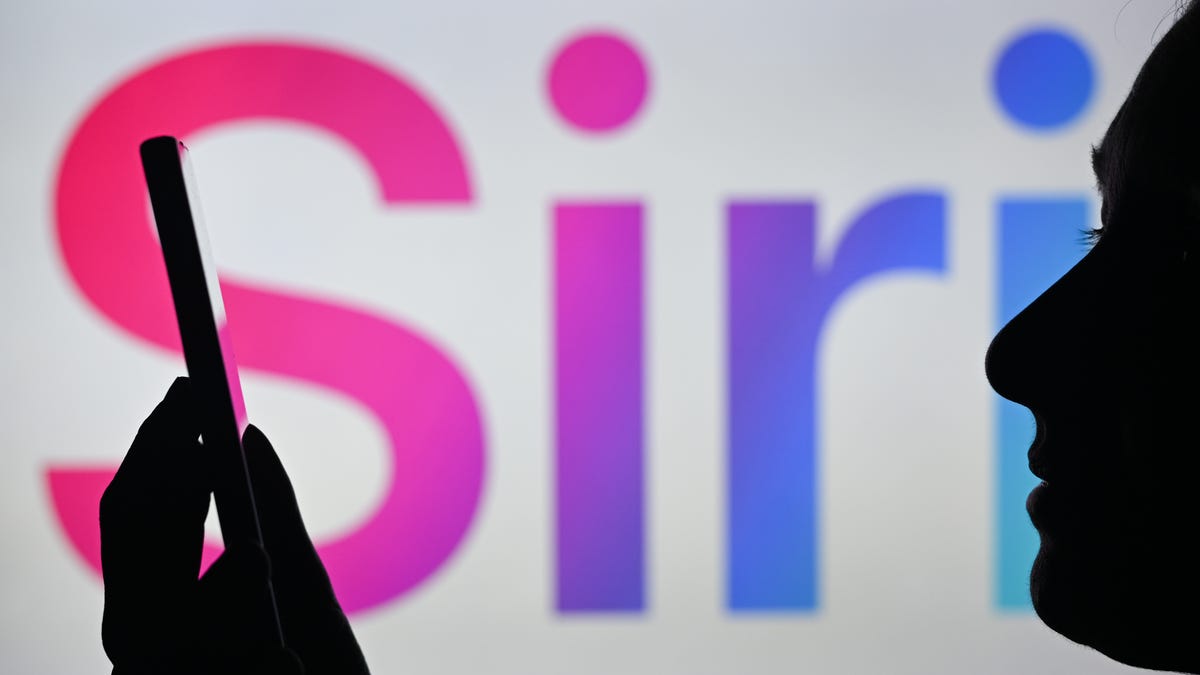The Fashion and Textile Museum’s new exhibition, Outlaws: Fashion Renegades of 80s London, surveys the glamorous and often outrageous fashion, music and clubbing scene in the capital more than 40 years ago. It’s an affectionate and nostalgic celebration of new romantic London and the people who came to define it.
By the late 1970s punk had imploded and its ability to shock had dissipated. Youth culture had begun to embrace a distinct shift away from punk’s gritty nature and nihilistic attitudes. In London, particularly, the new decade became a defining time for something different in fashion and nightlife.
The Fashion and Textile Museum
The emerging club scene created a fervour for style experimentation, birthing a new subculture in the process. Part dandy, part futuristic in aesthetic, the new romantics embraced a highly stylised, creative, fashion-forward look.
Against a tense social backdrop of inner city deprivation and high youth unemployment, the new romantics dedicated themselves to dressing up and going out. Together, they created a community of like-minded avant-garde designers, musicians, clubbers and promoters who celebrated gender fluidity and individuality.
As a teenager growing up in London, I remember well many of the places captured in the exhibition’s timeline, including Kensington Market, which closed in 2000, and the ever-popular Saturday clothes market in Camden.

Looking for something good? Cut through the noise with a carefully curated selection of the latest releases, live events and exhibitions, straight to your inbox every fortnight, on Fridays. Sign up here.
I still own the gothic black-lace frock coat, purchased aged 15, from “Ken market” that I wore with vintage white knickerbockers and battered black leather winklepickers. I desperately hoped the look might get me into the iconic – and to my teenage eyes, thoroughly decadent – Limelight club on Shaftesbury Avenue, one of the coolest clubs at the time.
It was a time of great creativity which produced a host of bold young designers that the exhibition pays homage to, including BodyMap, Red or Dead and Pam Hogg, with some of their wonderful creations on display in recreated market stalls and shop fronts.
This sense of excitement around London’s fashion and club scene spread, capturing the imaginations of young people eager to be part of something more optimistic, stylish and hedonistic. It was this vibe which drew the exhibition’s central character, the flamboyant and legendary Leigh Bowery (1961-1994) – performance artist, fashion designer, musician, clubber and TV personality – to London from Australia in 1980.
Leigh Bowery: from bedsit kitsch to Taboo
Bowery is introduced in the first room of the exhibition. It’s styled as a recreation of the bedsit he shared with his equally outrageous partner and clubber Trojan, complete with Star Trek wallpaper and some of Bowery’s own fashion creations. Shabby bedsits and squats were the usual domestic spaces for the new romantic kids, decorated with flea market finds and kitschy tat.
Soon a raft of style magazines appeared, such as The Face, I-D and Blitz, which all hit the newsstands within five months of each other in 1980. These magazines fed into the hype surrounding the burgeoning new romantic scene and its hip hang-outs like the Blitz club, launched by musicians Steve Strange and Rusty Egan in 1979.
Blitz’s notoriously strict door policy made it the place to dress up, pose and party with the style and fashion crowd. The club launched the careers of many young designers and musicians, including singers Marilyn and Boy George (a one-time cloakroom assistant), and acclaimed milliner Stephen Jones. Famously termed “the Blitz Kids”, many are featured in this exhibition.

Brendan Beirne / Shutterstock / The Fashion and Textile Museum
While Bowery may have arrived late to this particular party, he undoubtedly found his tribe in this eclectic and exotic club scene, which chimed perfectly with his sense of the theatrical. The boy from a quiet Melbourne suburb soon became an iconic cultural figure, resplendent in his outlandish fashion creations, and notorious for his decadent performances. One notable show included a “live-in” exhibit at the Anthony D’Offay Gallery, which led to Bowery becoming the muse of the artist Lucian Freud.
In 1985 Bowery launched his own club night, called Taboo, held weekly in the basement of the Maximus nightclub in Piccadilly Circus. Outlaws curator Martin Green explains how the vibe of Taboo inspired the central room of the exhibition, replete with mirror ball and a glamorous array of mannequins posing in fantastical designs.
Renowned for its “dress as though your life depends on it” door policy, Taboo’s hedonistic ambience was to catch the attention of the mainstream media which perhaps signalled its demise after just one year.
Bowery’s contribution to fashion, music and performance continues throughout the exhibition with his designs for Scottish ballet dancer and Blitz club regular Michael Clark, and a variety of iconic pop stars of the time. This includes a rather spectacular oversized green ensemble created for the drag-queen cabaret artist Lanah Pellay in 1986. Also featured are outfits for the likes of Neneh Cherry, Pete Burns and Soft Cell’s Marc Almond, highlighting the diverse range of music that fuelled the scene.

Derek Ridgers / The Fashion and Textile Museum
One of the concluding highlights of the exhibition is the recreation of the shop window of the independent London boutique Brown’s, which houses pieces from John Galliano’s 1984 graduate collection Les Incroyables. Opened in 1970 by Joan Burstein and husband Sidney, Brown’s became renowned for showcasing the work of new up-and-coming designers.
The exhibition is, of course, tinged with the sadness of Bowery’s premature death from Aids aged just 33 in 1991. When Outlaws closes its doors in March 2025, Bowery and his legacy will be celebrated again in the Tate Modern’s upcoming Bowery retrospective and The Design Museum’s exhibition on The Blitz Club.
Outlaws presents a wonderful tribute to Bowery and his colourful contribution to 1980s London, at a time when the melding of music, fashion and performance marked a bold, fresh and exciting shift in British youth culture.








